
OR
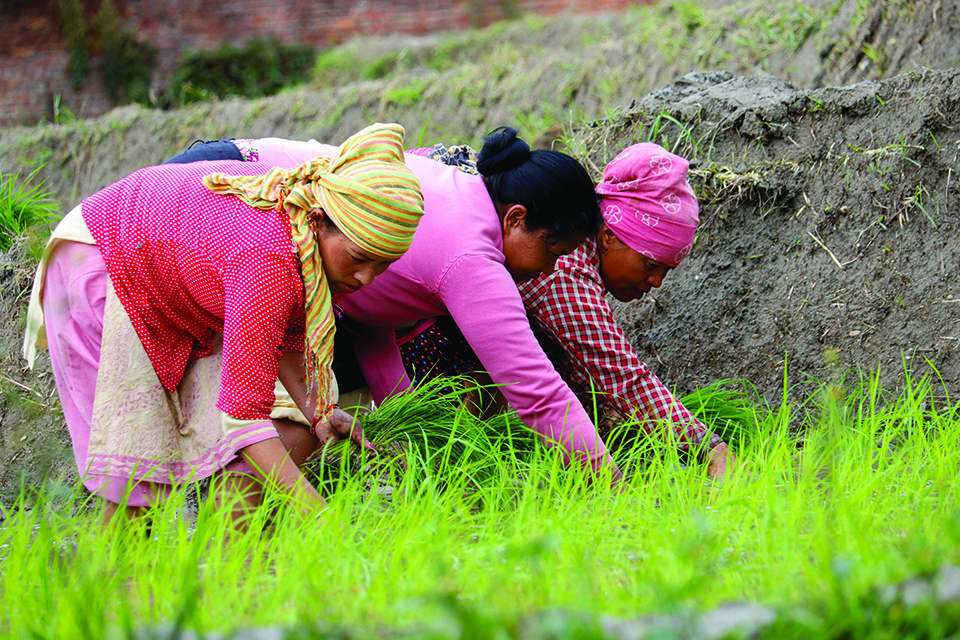
A key priority in Nepal’s effort to expanding agriculture exports should be improve quality of its products by developing standards in line with standards developed by international bodies
The trade regime of Nepal is liberal. There is no quantitative restriction and import licensing. Number of tariff slabs is low and tariffs are at moderate level. Current account balance of payments are fully convertible. Export and import procedures are said to be simplified and reforms are underway for institutionalizing export incentives. We have Trade Policy (2015) to take benefit from bilateral, regional and multilateral trading arrangements. This policy also focuses on increasing the competiveness of domestic products so that the huge trade deficit can be managed. Yet, Nepal faces a negative trade balance in agriculture. Balance of Trade in Nepal averaged -34046.43 million rupees from 2001 until 2018. The share of agriculture in it is about 17 percent. Agricultural imports have been growing at an astounding rate of 40 percent annually for the past seven years. So why are we failing on agriculture?
Policies without action
Trade Policy (2015), National Agriculture Policy (2004), Agri-Business Promotion Policy (2006), Industrial Policy (2010), Agriculture Development Strategy (ADS) and different periodic plans are some of the major policies and strategies for Nepal’s agriculture trade. But as things stand, most of these policies remain poorly implemented.
The Trade Policy has assigned a lead role to the private sector for export promotion, limiting the role of the state as a guide, facilitator and regulator. The policy includes measures to promote exports of goods with comparative and competitive advantage by strengthening the capacity of standard-testing laboratories and processing centers. It has identified many agriculture products for export. Some of the top agricultural export products include lentils, vegetables and vegetable seeds, flowers, fruits, honey, cardamom, tea, ginger and medicinal plants. As Nepal’s import is growing and trade deficit continues to increase, the policy has also focused its efforts on how to reduce the deficit. Agricultural development strategies have shifted from a pure production-oriented approach to a market-oriented approach.
But only formulation of policies and strategies are not enough to create enabling environment for agribusiness. Unless these policies and strategies are backed by actions, production factors and political commitments, the private sector won’t be attracted toward agribusiness. Production of exportable commodities cannot be increased without involving big entrepreneurs or corporate houses in production.
Trade constraints
Commercialization of agricultural sector has been a theme in all the major agricultural policies including in current 14th Plan. The Agro-Business Promotion Policy (2006) highlights diversification, service delivery and private sector involvement to transform agriculture from subsistence to commercial farming. Donor funded projects under the Ministry of Agriculture and Livestock Development (MoALD) are aligning their programs accordingly. Specific measures include introduction of competitive grant projects, public private partnership in services delivery and infrastructure development for post-harvest handlings, marketing and processing.
Despite all these efforts, Nepal is facing severe constraints on all major fronts of export promotion and import substitution. Some of the major constraints are inadequate infrastructure for efficient production and transportation of produce, lack of human capital endowed with education and skills needed for agriculture trade, limited access to credit due to conventional/conservative banking practices that rely more on collateral than on the feasibility of business ventures, limited use of technology in the production and processing and virtual absence of trade facilitation measures which causes delays in the shipment of goods. As a landlocked country with inadequate domestic transport network, the cost of transit and transport is high for Nepal.
Measures to improve
In most of the cases, Nepal exports agriculture goods in primary forms without any substantial value addition. Furthermore, technical standards and requirements for agricultural products have become more frequent and stringent in export markets. A key priority in Nepal’s effort to expand agriculture exports should, therefore, be to improve the quality of its products by developing its standards in harmony with the standards developed by the international standards bodies. In this context, Nepal needs to review and revise existing legislations and enact new legislations in line with SPS/TBT requirements and to meet legitimate objectives of protecting health and environment.
Nepal may conclude mutual recognition agreement at the bilateral level, in particular with India. Nepal-India trade treaty which provides reciprocal duty free market access on selected agriculture and primary products has resulted in displacement of local products in domestic markets as evident from the increasing trend of the share of imports of food items in recent years.
The supports that Nepali entrepreneurs are seeking from the public sector include: (a) better maintained roads with a larger grid of agricultural roads; (b) reliable supplies of electricity; and (c) appropriate technology. Prompt and major initiatives are needed to be taken for fostering agribusiness development, including a specific commitment to the industry, transparent and stable tax structures, transparent rules and regulations, and a commitment to improving quality through enhanced grades and standards and a supporting system of implementation of good agriculture practices.
Basically there are two trade-related development strategies. The first strategy is import substitution through promotion of domestic production and protection of high tariffs and quotas on imports. The second strategy emphasizes on export promotion through creating enabling environment for production of goods that have competitive advantages for export. Most developing economies have employed both strategies with different degrees of emphasis at one time or another. Nepal should also employ both strategies but more emphasis needs to be given on import substitution to ensure food security and maintain trade balance.
Nepal is a signatory of Nepal-India trade treaty, South Asia Free Trade Agreement (SAFTA), Bay of Bengal Initiatives for Multi-Sectoral Technical and Economic Cooperation (BIMSTEC) and World Trade Organization (WTO). Nepal became a WTO member in 2004. As Nepal has provided very limited domestic supports and the bound rate of tariffs in WTO is about three times higher than applied tariffs, there is room for financial support in agriculture development from WTO.
bhairabr@gmail.com
You May Like This
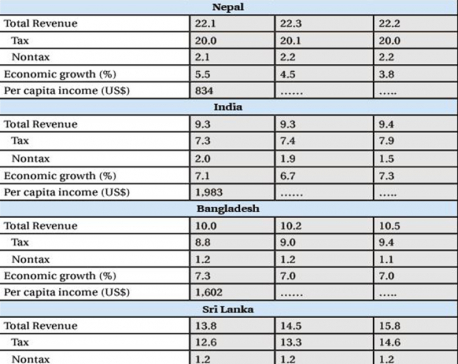
Tax exploitation in Nepal
High taxation policy pursued by Nepal has worked as a powerful drag on the economy by hurting private sector incentive... Read More...
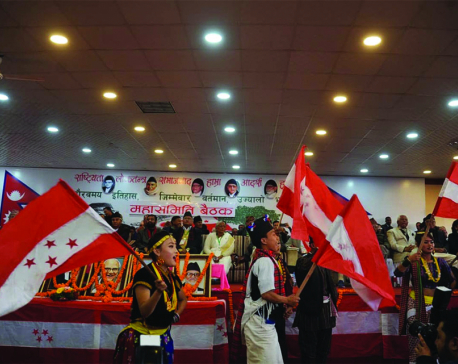
Path of peril
Even though politics of here and now demands repositioning of Nepali Congress, playing to the religious gallery might prove to... Read More...
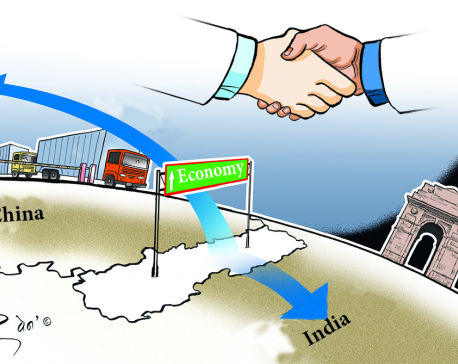
Tap the opportunities
Low level of economic integration combined with untenable trade deficit is making Nepal vulnerable to external shocks ... Read More...





Just In
- Govt yet to pay Rs 60 billion to contractors
- Nepal’s poorest district identified as Bajura, richest as Mustang
- Wind storm likely at a few places of Koshi and Sudurpaschim
- EVs adoption in Nepal surge in Nepal with government support measures
- Mayors' Forum urges Finance Minister Pun to settle electricity dues
- By-Election: Voting underway in Ilam-2 and Bajhang-1(a)
- Save the Children report highlights severe impact of air pollution on children
- NATO Serving as a Catalyst to Fuel Violence







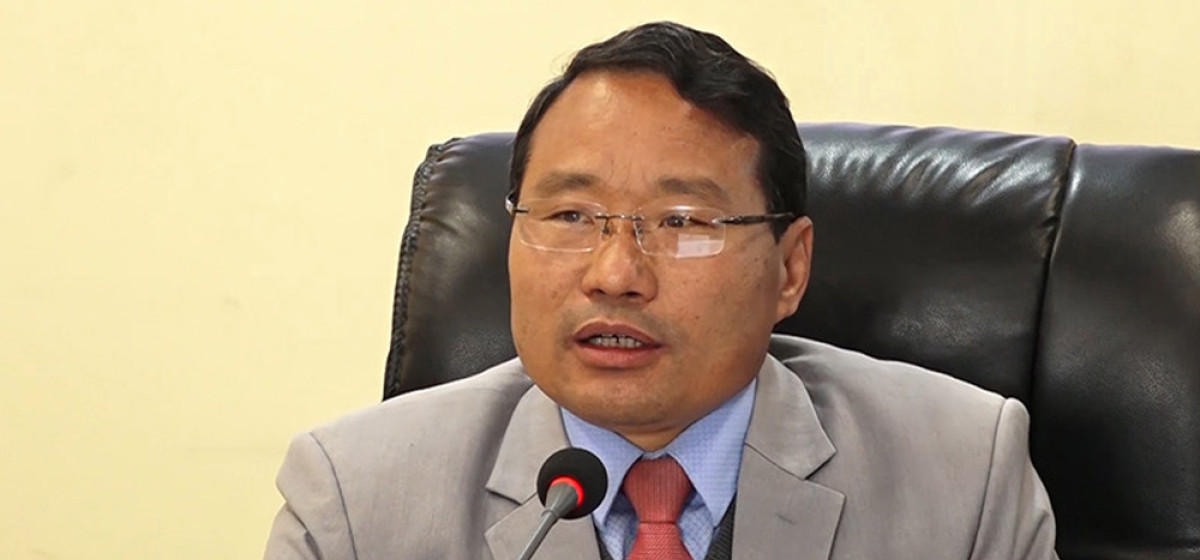

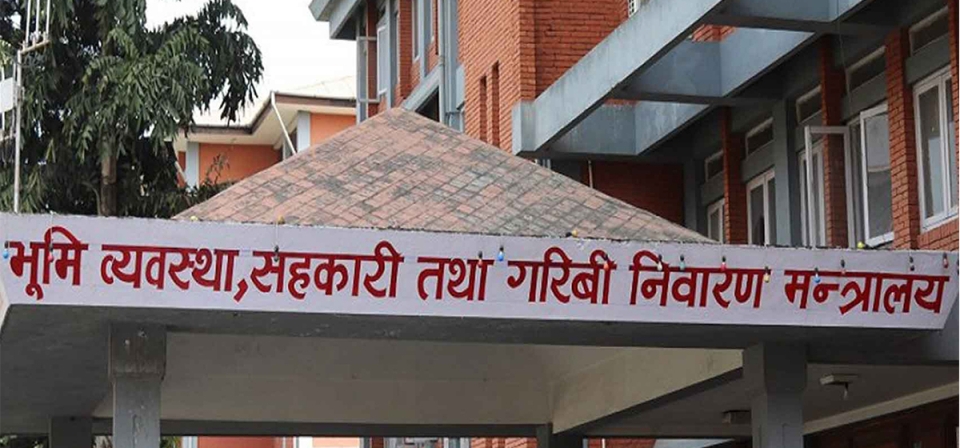





Leave A Comment